our servicesCataract Surgery in Thanjavur
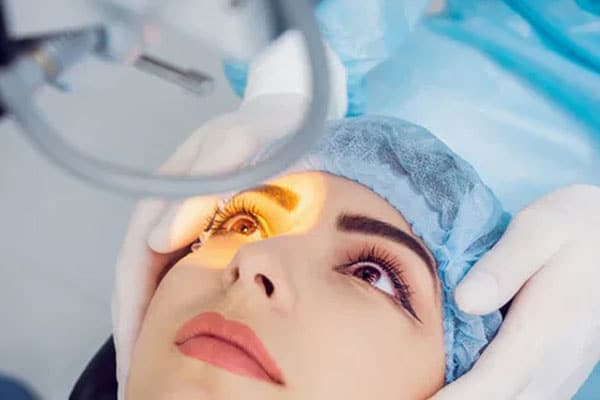
Cataract
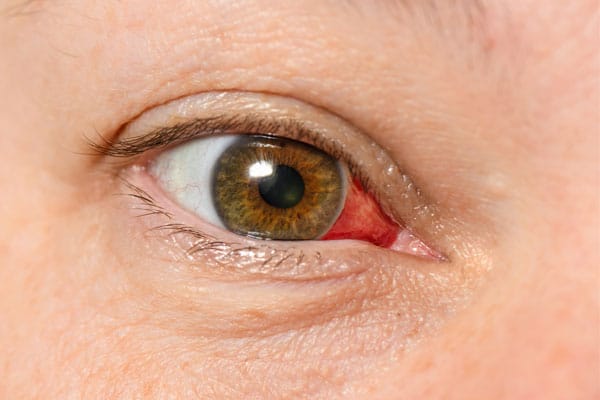
Cornea
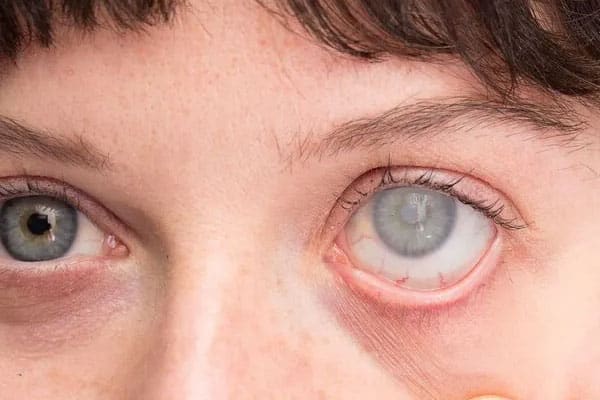
Glaucoma
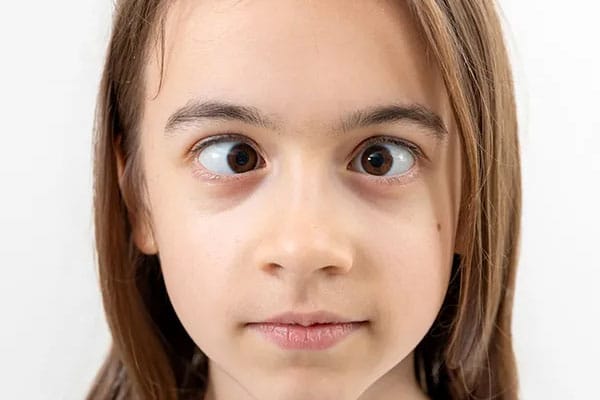
Squint
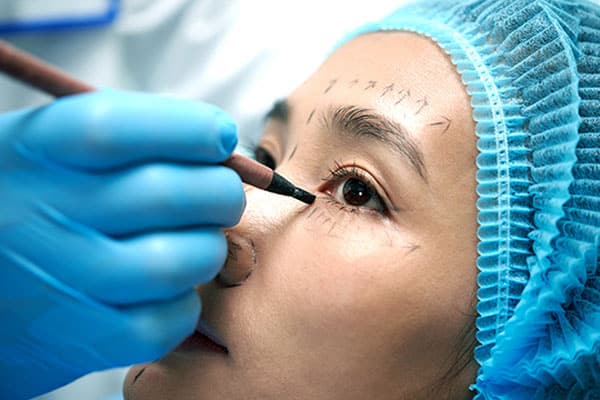
Oculoplasty
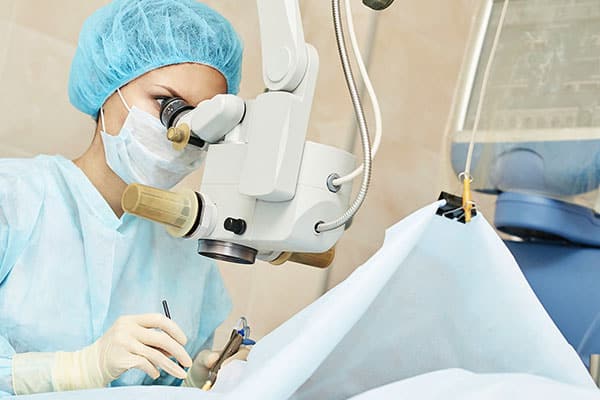
Vitreo Retina
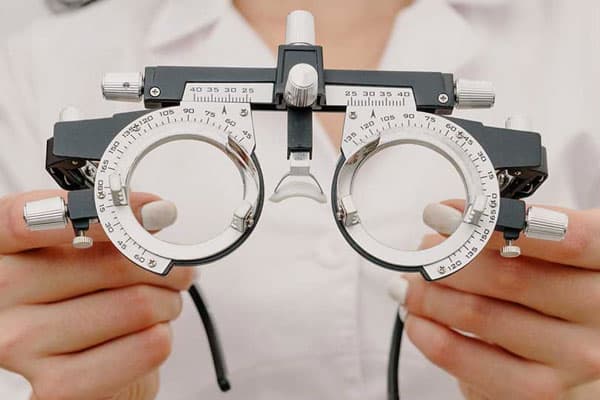
General Ophthalmology
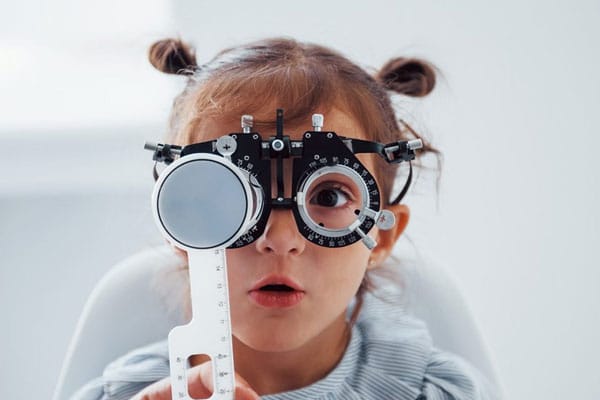
Paediatric Ophthalmology

Neuro Ophthalmology
CATARACT
A cataract is a clouding of the eye’s natural lens, which lies behind the iris and the pupil.
TREATMENT FOR CATARACT
CAUSES OF CATARACT
GLAUCOMA
Glaucoma is an eye condition that damages the optic nerve, often due to high eye pressure, which can lead to vision loss if untreated.
SYMPTOMS
PEOPLE WITH MORE RISK OF DEVELOPING GLAUCOMA
CORNEA
The cornea is the clear tissue at the front and center of the eye. Its transparency permits light to pass into the eye, through the pupil, lens, and onto the retina at the back of the eye.
SYMPTOMS
TYPES OF CORNEAL DISEASE
SQUINT
A squint or strabismus refers to a misalignment of the eyes. There are many different types of squint.
ESOTROPIA
HYPERTROPIAS AND HYPOTROPIAS
PARALYTIC SQUINTS
CAUSES OF STRABISMUS
TREATMENT
OCULOPLASTY
VITREO RETINA
WHAT IS RETINA?
A layer at the back of the eyeball that contains cells sensitive to light, which trigger nerve impulses that pass via the optic nerve to the brain, where a visual image is formed.
WHAT WE TREAT IN RETINA?
In VEH we have facilities to treat diabetic retinopathy, age related degenerations, diabetic maculopathy, hypertensive retinopathy,etc..
